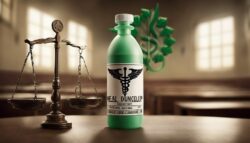Post-Crash Guide: Navigating Non-Fault Accidents
In the unsettling aftermath of a vehicle collision, particularly when not at fault, individuals often find themselves ensnared in a complex web of procedural and legal challenges. The initial shock and subsequent actions can have a major impact on the outcome of insurance claims and legal recourse. This discussion aims to unravel the critical steps necessary for managing the murky waters of non-fault accidents, from the immediate measures at the scene to the nuanced intricacies of dealing with insurance entities and legal frameworks. By understanding these pivotal aspects, one can better position themselves to secure the compensation and justice they rightfully deserve. What often goes overlooked, however, are the subtle strategies that can make all the difference.

Key Takeaways
- Understand your state's laws on no-fault accidents to determine compensation rights.
- Report the accident promptly to your insurance, even if not at fault.
- Avoid direct negotiations with the other party's insurer; let your advocate handle it.
- Document all injuries and damages immediately for potential claims and legal proceedings.
Immediate Actions Post-Crash
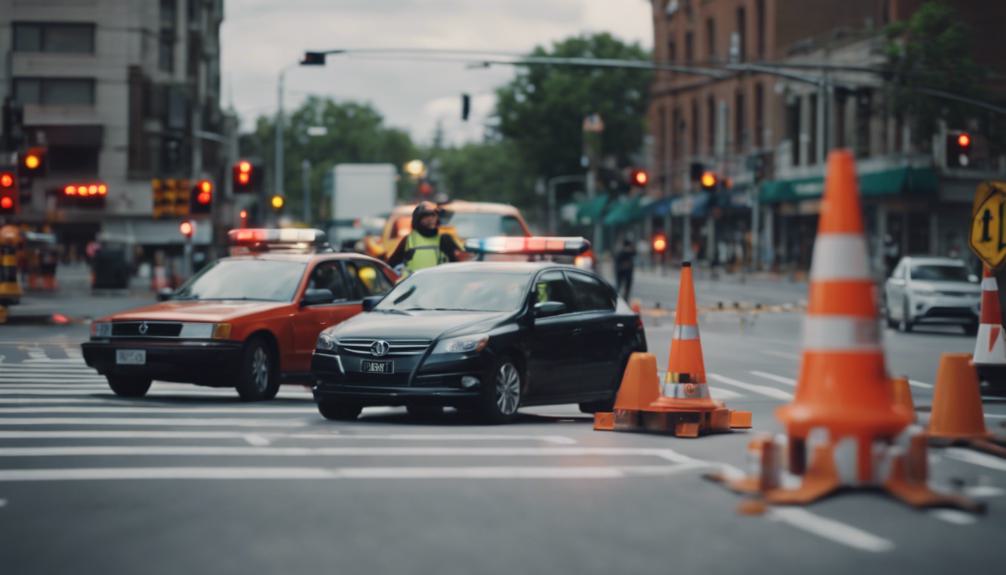
In the immediate aftermath of a car accident, prioritizing safety and legal requirements is essential, beginning with moving to a safe location and contacting emergency services if necessary. Following this, it's pivotal to notify the police, a step that not only guarantees compliance with the law but also facilitates the documentation of the accident scene. Gathering essential information should be next on the list, including the contact details of all parties involved, passengers, and any witnesses. Making sure that photographs of vehicle damage are taken and noting the contact information of responding police officers are key actions. Finally, if available, obtaining a copy of the accident report is instrumental for any subsequent legal or insurance proceedings, laying the foundation for a structured approach to dealing with the aftermath of a car accident.
Ensuring Safety First

Why is prioritizing safety the most critical step immediately following a car accident? The immediate aftermath of a car accident can be chaotic and confusing, making it essential to focus on ensuring everyone's safety first. This involves moving to a safe location away from traffic to prevent further incidents. It's essential to evaluate the situation for any immediate dangers, such as leaking fuel, which could lead to a fire, or evaluating injuries to determine if emergency services are needed. Prioritizing safety helps mitigate the risk of additional injuries or complications. It sets a foundation for a structured response to the accident, ensuring that all subsequent actions, from notifying the police to documenting the scene, are conducted in a secure environment.
Gathering Critical Information
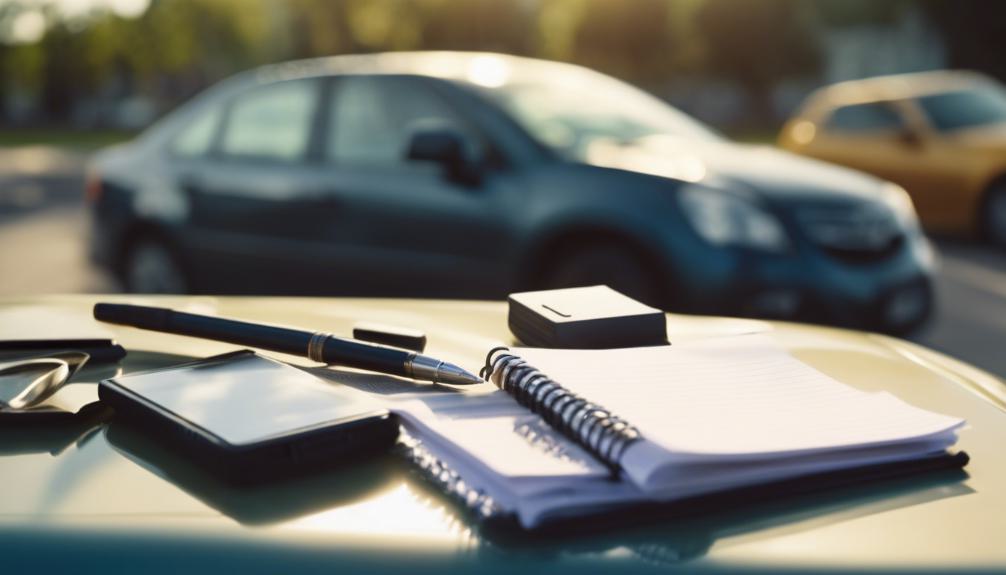
After ensuring everyone's safety following a car accident, the next essential step is to meticulously gather all pertinent information, which includes the contact details of everyone involved, photographic evidence of the scene, and any available police reports. This phase is important for establishing a clear record of the event and facilitating the claims process with insurance companies. It is important to collect names, addresses, phone numbers, and insurance information from all drivers, as well as contact information for any witnesses. Additionally, while the specific documentation of the scene will be covered later, obtaining the report number and the attending officer's name and badge number at this stage can prove invaluable. Ensuring that this information is accurately and thoroughly collected sets a solid foundation for the subsequent steps in managing the aftermath of the accident.
Documenting the Scene
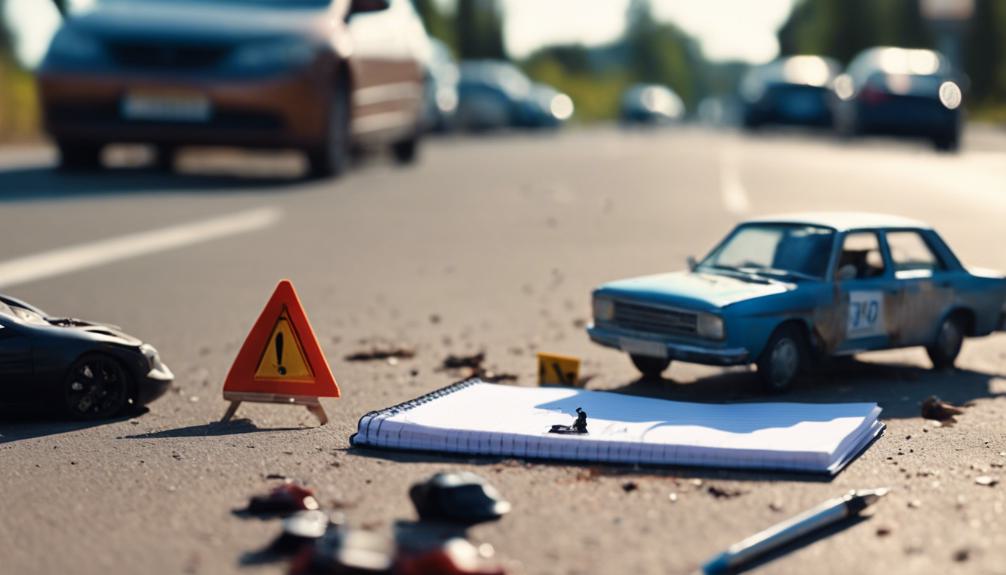
Documenting the scene thoroughly, including taking photographs of all vehicles involved and noting environmental conditions, is a critical step in the accident recovery process. This meticulous documentation serves multiple purposes: it preserves evidence, aids in the accurate reconstruction of events, and supports insurance claims. Ensuring to capture wide-angle shots to establish the accident's context and closer images to detail the damage. Additionally, recording the position of traffic signs, signals, and any road obstructions can provide invaluable context for determining fault and liability. Moreover, noting the time, date, and weather conditions can influence the understanding of the accident dynamics. This level of detail not only strengthens your position during insurance negotiations but also provides a thorough record for potential legal proceedings.
Medical Attention Essentials
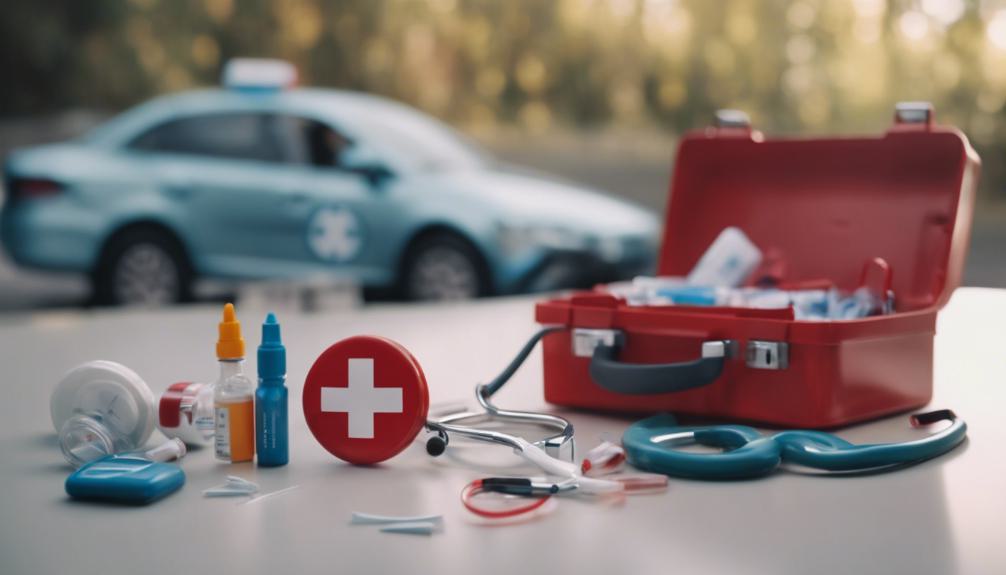
Seeking medical attention immediately following a car accident is essential for both your health and any subsequent insurance claims. Even if you feel fine, some injuries, such as whiplash or internal bleeding, may not present symptoms immediately. By visiting a healthcare professional right away, you guarantee that all injuries are properly documented from the start. This documentation is vital when filing insurance claims, as it provides a clear link between the accident and your injuries. Additionally, prompt medical attention can prevent minor injuries from developing into more serious conditions. Remember to keep all medical records and receipts related to your treatment. These documents serve as important evidence should you need to pursue compensation for medical expenses.
Understanding State Laws
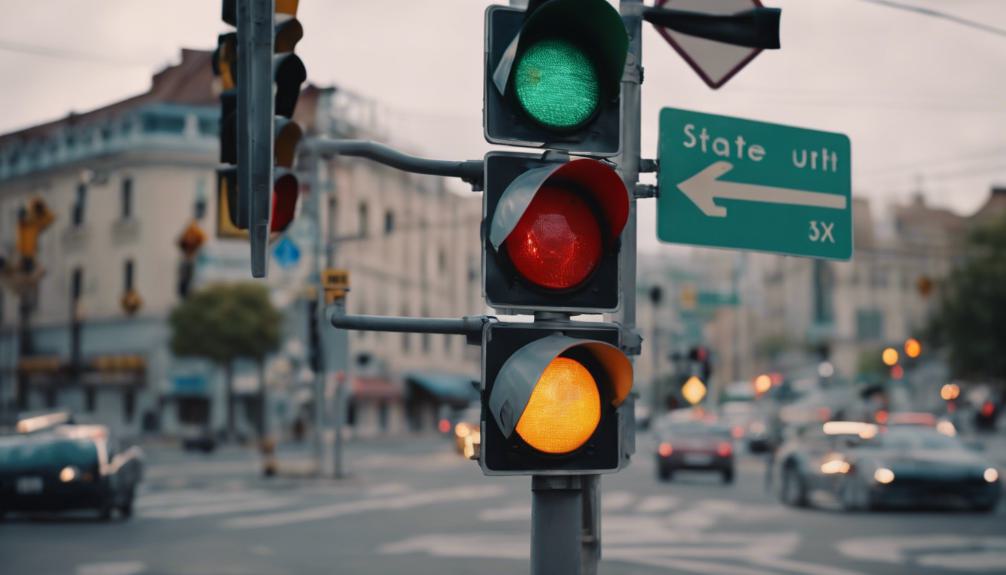
Understanding the complexities of state laws is important for grasping how accident compensation is determined and awarded. Each state has its own set of rules governing how liability is assessed and what damages can be recovered following a car accident. In no-fault states, for example, drivers typically turn to their own insurance coverage for medical expenses and lost wages, regardless of who caused the accident. Contrastingly, in at-fault states, the driver who caused the accident is responsible for compensating the other party's losses. Some states apply comparative negligence laws, which allow for damage recovery reduced by one's own percentage of fault. Navigating these regulations is essential for effectively pursuing compensation after a non-fault accident.
Insurance Coverage Nuances

While state laws provide a framework for determining liability in car accidents, the subtleties of insurance coverage play a significant role in the compensation process. Each insurance policy has specific terms that dictate the extent of coverage in various scenarios. It's important to understand your policy's limits, deductibles, and exclusions, as these factors directly affect your ability to recover losses. Thorough and collision coverage can mitigate costs not covered by the at-fault party's insurance, especially in hit-and-run situations or when the at-fault driver is uninsured. Additionally, factors such as the depreciation of your vehicle and potential premium increases following a claim can influence your financial recovery. Understanding these subtleties ensures better readiness in handling the aftermath of a non-fault accident.
Reporting to Insurers

Promptly reporting a car accident to your insurance provider is an important step in initiating the claims process for damage recovery. This action not only records the incident officially but also triggers the assessment of coverage applicable under your policy. When contacting your insurer, provide a detailed account of the event, including the date, time, location, and a description of the accident. Include any police reports, photographs of the scene, and contact information for all parties involved. It's vital to follow your insurance company's instructions for submitting any required documentation. This proactive approach guarantees transparency and can greatly expedite the claims process. Remember, timely communication with your insurer can facilitate a smoother path to resolving your claim and restoring normalcy post-accident.
Legal Rights and Compensation
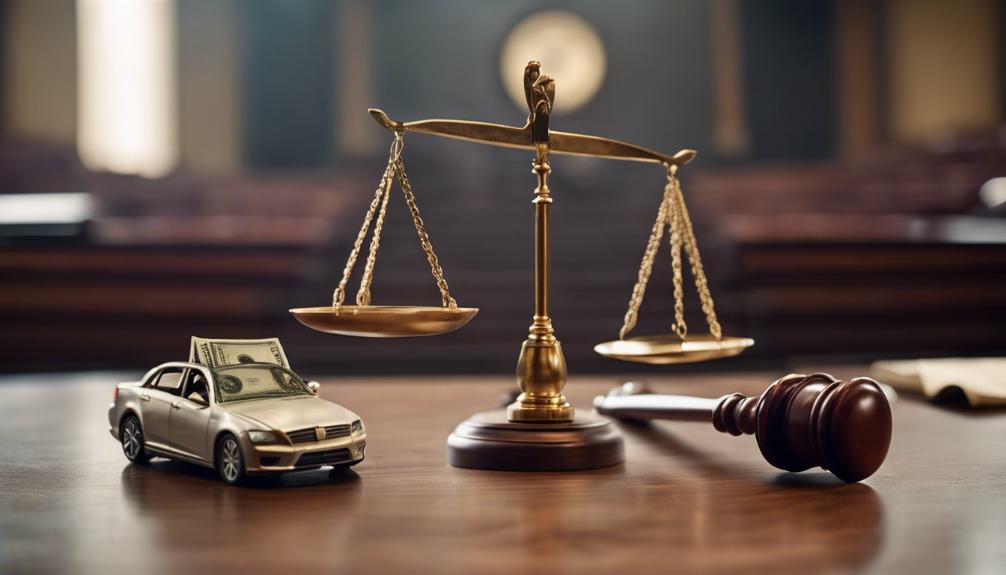
After reporting a car accident to your insurance provider, it's important to explore your legal rights and the compensation you may be entitled to receive. Understanding the nuances of state laws is vital since they greatly influence the compensation process. In no-fault states, for example, your insurance company covers your damages regardless of who caused the accident, subject to your policy limits. Conversely, in at-fault states, the driver responsible for the accident is liable for your damages. If your losses exceed your policy limits, consider consulting an attorney to evaluate further compensation routes, including suing the at-fault driver's insurance. Remember, compensation can cover not only physical damages but also medical expenses, lost wages, and in some cases, pain and suffering, depending on the jurisdiction and circumstances of the crash.
Communication Do's and Don'ts
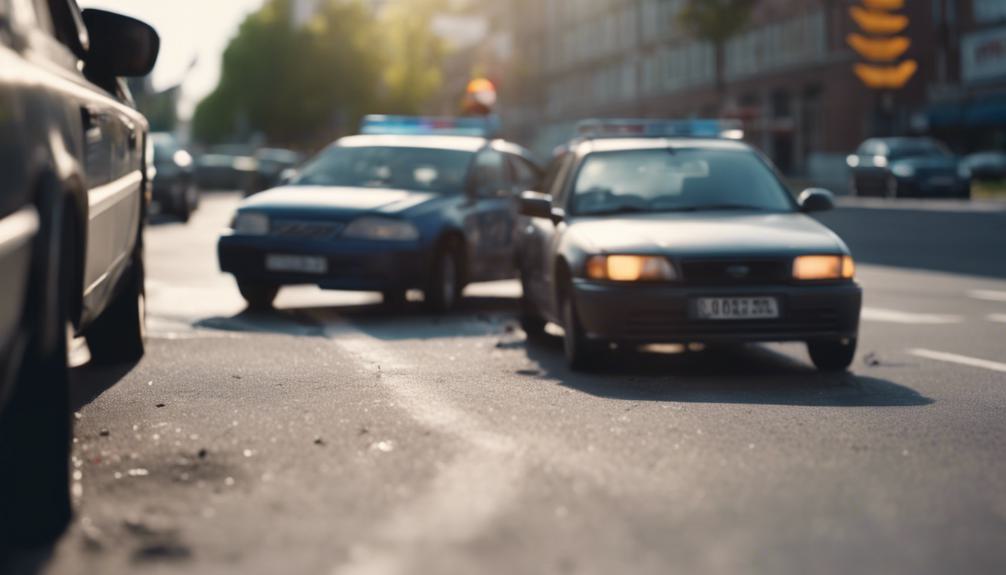
Effective communication following a car accident is important in protecting your rights and ensuring a smooth claims process. Initially, it's essential to exchange contact and insurance information with the other involved parties while remaining calm and composed. Avoid making any statements that could be interpreted as an admission of fault, such as apologizing or speculating about the cause of the accident. When speaking with law enforcement, provide a factual account of the event without unnecessary embellishment. It's also advisable to document your communication with anyone related to the accident. However, limit direct communication with the other party's insurance company; instead, let your insurance provider or legal representative handle these discussions to avoid misinterpretations that could affect your claim.
Navigating Legal Representation
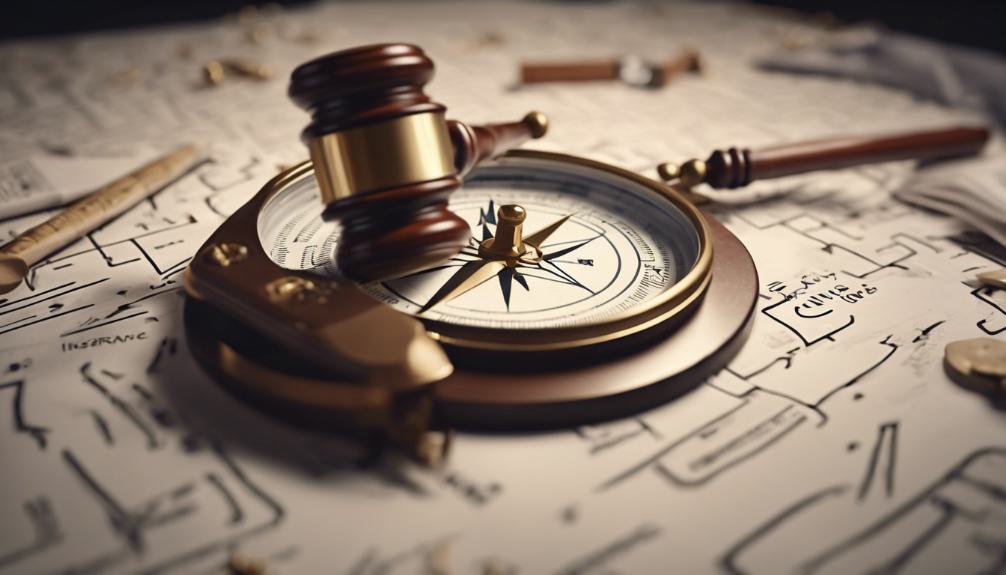
Securing knowledgeable legal representation can greatly influence the outcome of a non-fault car accident claim. After a collision, the process of dealing with insurance companies, understanding state laws, and potentially facing litigation can be complex and overwhelming. An experienced attorney specializes in guiding these intricate legal landscapes, ensuring your rights are protected and maximizing your compensation. They can adeptly handle negotiations with insurance companies, who often aim to minimize payouts, and provide invaluable guidance on the collection of evidence and documentation of injuries. Additionally, legal counsel can represent you in court, if necessary, presenting your case effectively to achieve a favorable verdict. Choosing the right lawyer, thus, is a critical step in the aftermath of a non-fault accident, providing peace of mind and facilitating a smoother recovery process.
Frequently Asked Questions
How Do I Manage Ongoing Medical Expenses if the At-Fault Party's Insurance Is Delayed in Processing My Claim?**
To manage ongoing medical expenses during insurance claim delays, consider using personal health insurance or applying for medical payment coverage. Consult an attorney to expedite the claim process and seek interim financial solutions.
What Should I Do if the At-Fault Driver Is Uninsured or Underinsured, and My Expenses Exceed Their Coverage Limits?**
If the at-fault driver is uninsured or underinsured and your expenses exceed their coverage limits, consider utilizing your own uninsured/underinsured motorist coverage. Consulting a legal professional can also provide options for pursuing compensation.
How Can I Ensure My Job Security if I Need Extended Time off Work Due to Injuries Sustained in a Non-Fault Accident?**
To guarantee job security after requiring extended time off due to injuries from an accident, communicate openly with your employer, provide medical documentation, and explore options under the Family Medical Leave Act (FMLA) or similar policies.
What Steps Can I Take to Deal With the Emotional and Psychological Impact of a Car Accident, Especially if It Affects My Ability to Drive Again?**
To address the emotional and psychological aftermath of a car accident, consider seeking professional counseling, joining support groups, and gradually reintroducing yourself to driving in a controlled environment to rebuild confidence and reduce anxiety.
In a Non-Fault Accident, How Do I Recover Compensation for Diminished Value or Depreciation of My Vehicle, Not Just the Repairs?**
To recover compensation for diminished value or depreciation of your vehicle after a non-fault accident, consult with your insurance provider and consider legal advice to assess the claim's validity and pursue appropriate compensation methods.
Conclusion
In summary, maneuvering the aftermath of a non-fault car accident demands a detailed approach to guarantee safety, accurate documentation, and appropriate medical care. Immediate reporting to insurers, coupled with an understanding of legal rights and effective communication strategies, forms the backbone of securing rightful compensation. Engaging legal representation can further safeguard these rights and facilitate the complexities of insurance and legal proceedings. This all-encompassing strategy ensures individuals are well-equipped to manage the repercussions of a crash, prioritizing recovery and just recompense.

This post has been generated by AI and was not reviewed by editors. This is Not legal advice. Please consult with an attorney.



